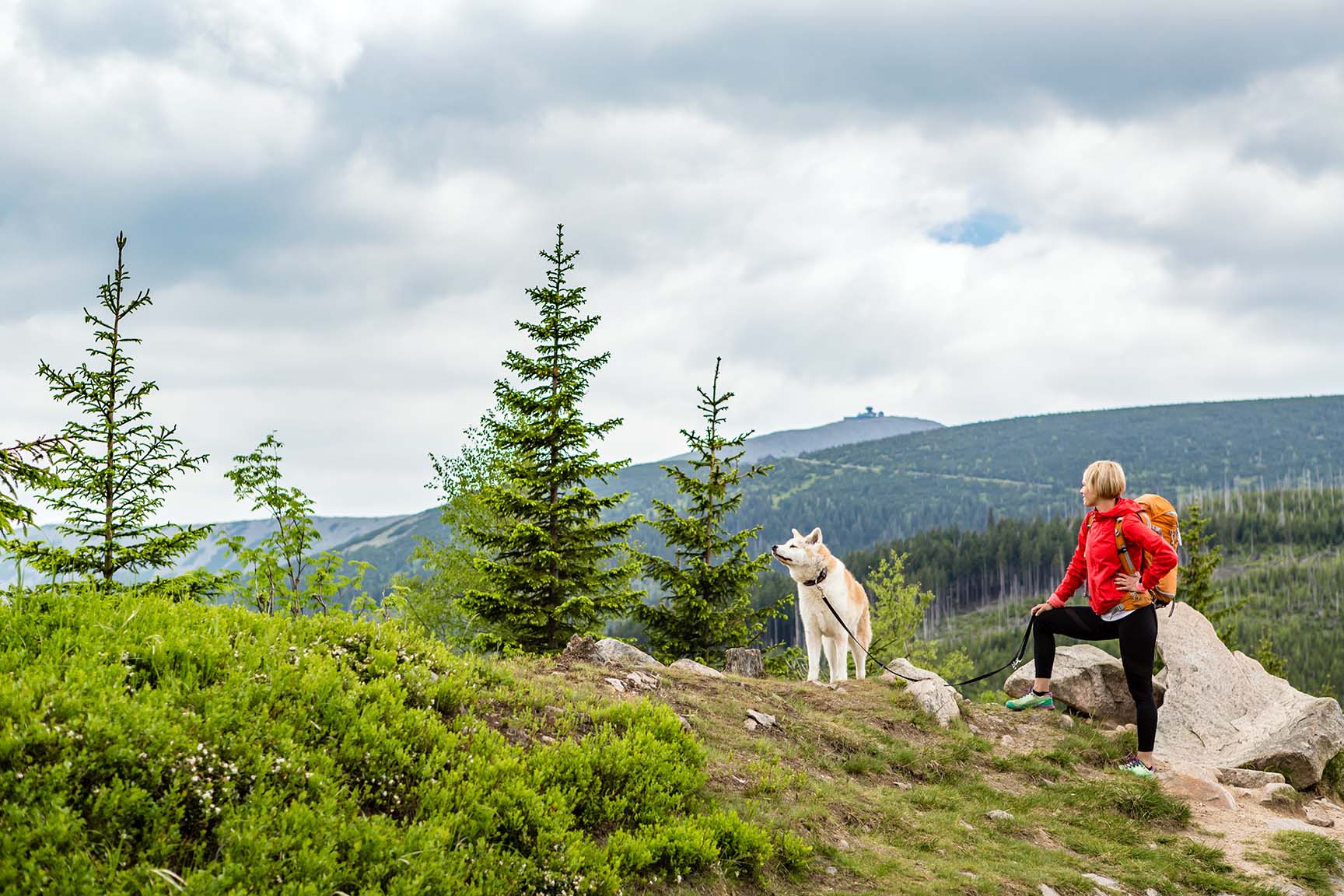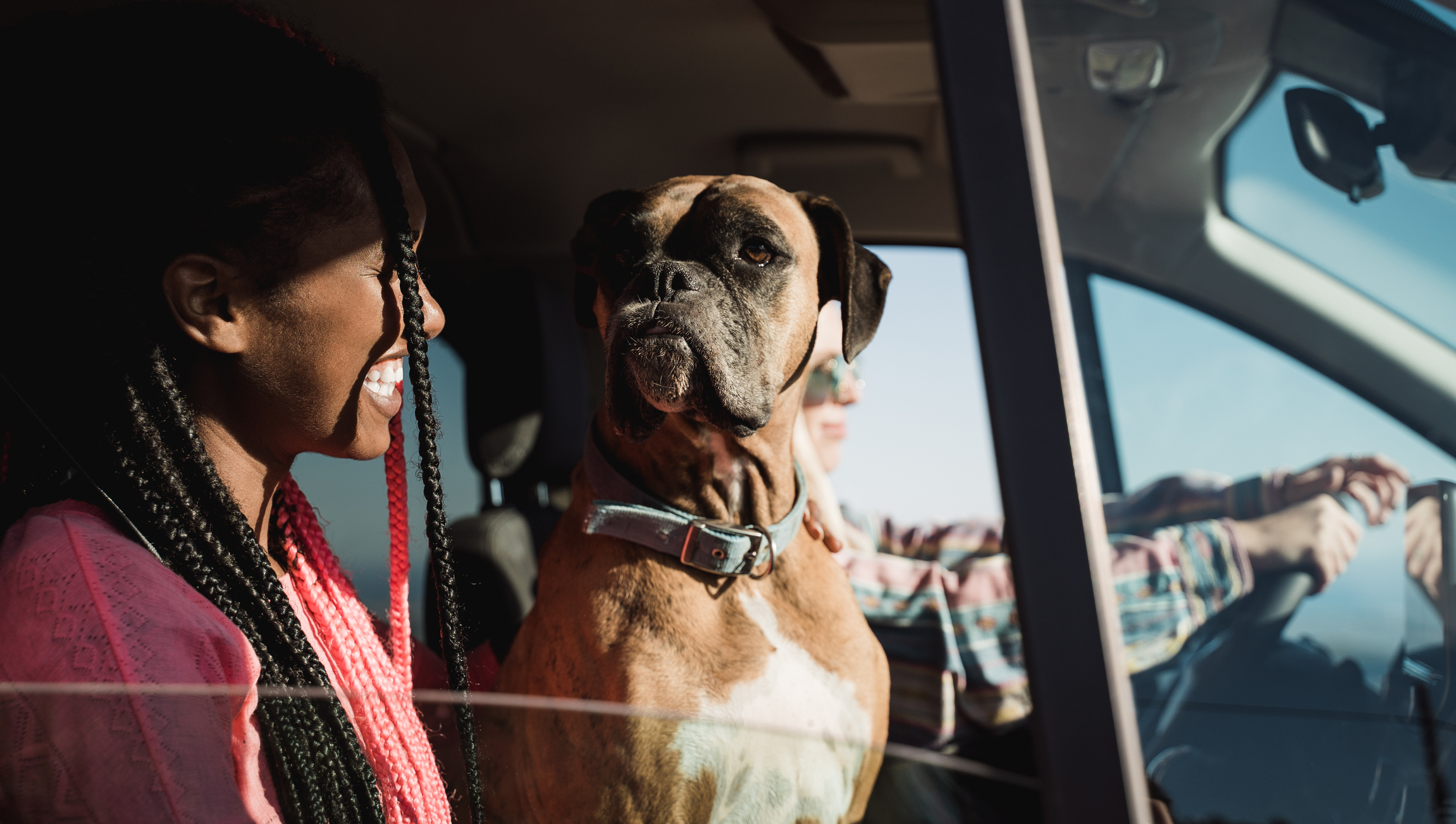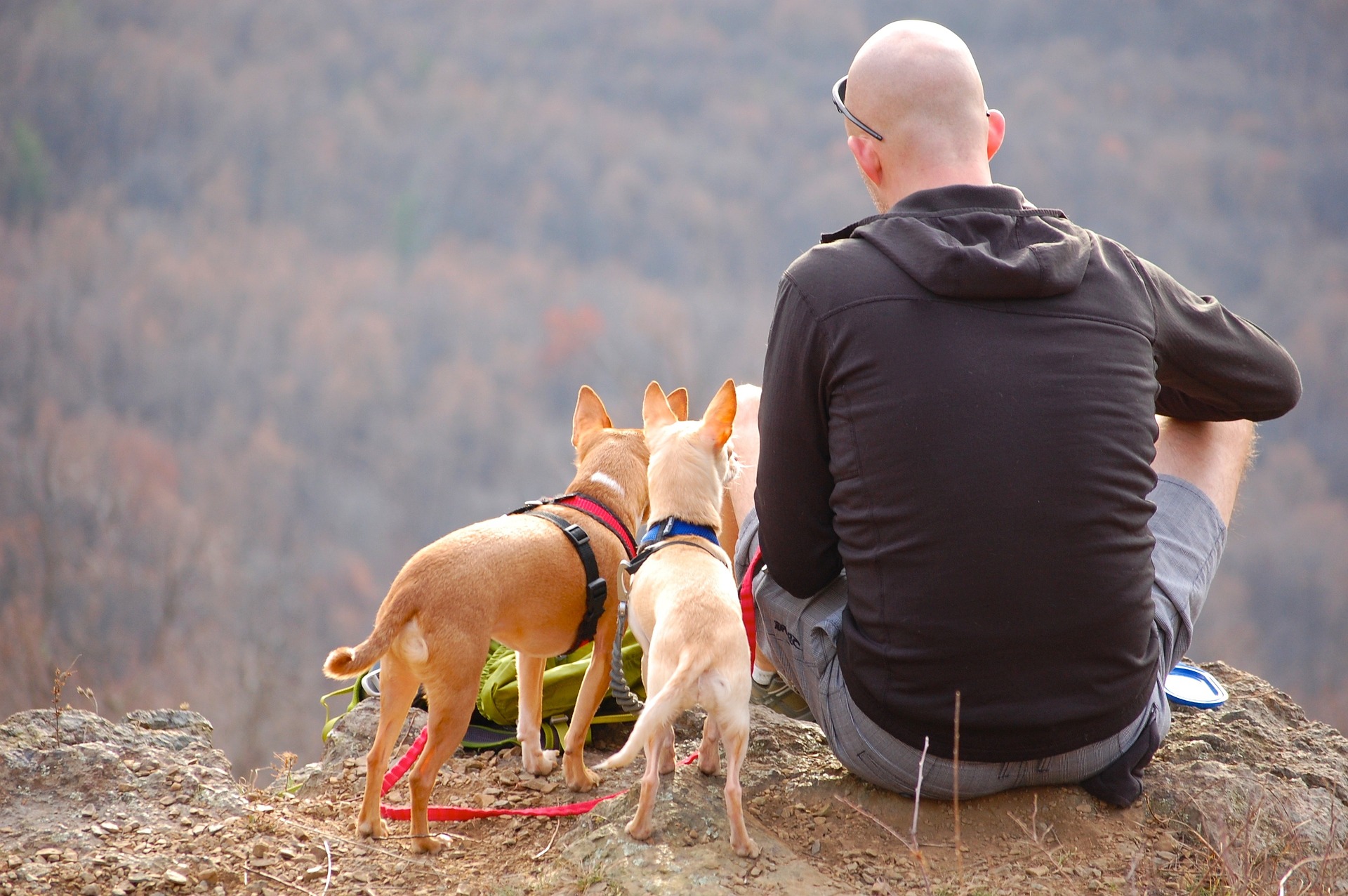WEnRV travel news, products, and industry trends
Protecting Your Pets on Camping Trips
Sink your claws into this fact: RV travelers love bringing their pets on the road with them. Surveys have shown that more than 60 percent of RVers are accompanied by animal friends on camping trips. This should come as no surprise if you’ve spent any time in campgrounds across North America (at least the ones that allow pets). People walking their dogs, and to a lesser extent, cats, are a common sight. There are also RV owners camping with parrots, iguanas, ferrets and a whole lot more. But for this post, let’s focus exclusively on cats and dogs. Let’s talk about safeguarding your pets on the road.
Finding the Right RV Park
Keep in mind that it’s essential to review the pet policies of the parks you’re visiting. Most campgrounds require dogs to be kept on a short leash and not roam free. However, many private campgrounds offer dog walks or off-leash dog park areas to accommodate pet owners. Check the Good Sam listing of the park you plan to visit to determine pet policies. You’ll find information about pet restrictions in the campground listing’s Policies section.
Differences in Geography

Getty Images
So how do we keep our furry friends from harm while traveling the country in our RV? How is safeguarding them while traveling any different than caring for them at home?
There are other things that change with the geographic area. Depending on where you travel, you may encounter birds and reptiles that may pose a problem. Snakes, for example, pose little danger for most of us as they will scurry away should we ever get near them. But dogs and cats like to sneak around and investigate. They might just find a Florida favorite, the pygmy rattlesnake. Not only might they come upon a snake, but cats may actually bring one back to your RV to show you what they caught. This I have witnessed several times with a park neighbor. Fortunately, these were not venomous types but more in the grass snake group.
Other Animals

Getty Images
If you’re visiting some wetlands areas in the Gulf Coast region of the country, you might want to keep your dog out of some of the freshwater rivers, lakes and ponds. Alligators have been known to surprise unsuspecting animals in their environment. In fact, Everglades National Park in Florida prohibits dogs from the park’s trails (although they are allowed in other areas of the park). So, it’s best to restrain Fido in certain areas.
Wolves, coyotes, bobcats and cougars are just some of the animals that may inhabit the regions you roam in. This is not a big issue, providing you are aware of the environment. Though the chances are highly unlikely a predator will target your pet, why expose them to such a risk?
If you have a very small cat or small dog, you should be mindful of larger bird species like the golden or bald eagle in places like Alaska. They target small animals like rabbits, squirrels, marmots and the like. Not allowing your pets to roam freely will alleviate the risk of such exposures.
Everyday Dangers

Getty Images
In many ways, traveling with your little friend is really no more dangerous than that of being at home. There may be a snarling rottweiler that lives down the street in your neighborhood, stretching his chain in hopes of being able to get your Fido. You put in place measures that prevent this from ever happening. Likewise, the urban and suburban motorways and multi-lane highways that wind through your area call for a secure restraint to protect your pet from roaming into a possible dangerous area.
Also we also must be vigilant against RV features that don’t exist in our fixed residences, things that your pet may not be familiar with. For example, interior slide tops, when retracted, are an appealing hideout for felines. In addition, both cats and dogs may curl up in a floor slide area. This may expose them to a mechanical injury if activated. So, be sure to have your pet(s) contained within a safe place when slide engagement is employed.
Automatic entrance steps are a great feature. However, not so great if your pet is beneath or close to them. Again, they can be exposed to possible mechanical injury. Therefore, if Fido or Felix is out and about in the patio area, be sure to turn the auto step feature off.
If you take the proper safety precautions for your pets, you and your traveling companion are free to have fun. Consider all the aspects of traveling with your pet.
Peter Mercer — Adjusting to your location’s environment.
The post Protecting Your Pets on Camping Trips appeared first on Good Sam Camping Blog.
Copyright
© Good Sam Camping Blog


